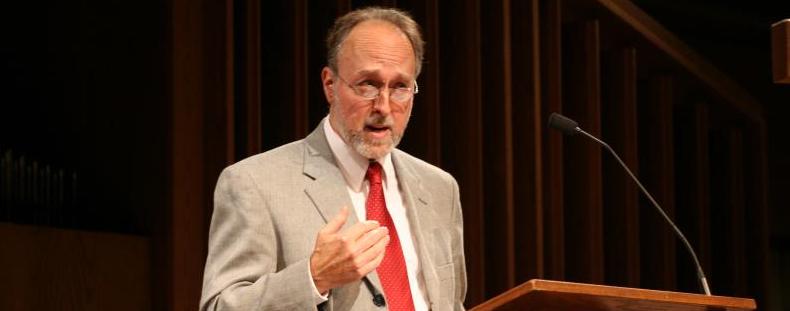By Michael Lynch
Today, if you walk into a random art gallery in the Grand Rapids, Mich. area, you might come across an 18th century Dutch landscape oil painting with a windmill or a church in its background. Perhaps, the painter’s name is Richard Muller. What you would be unlikely to know about this painter is that he has been one of the foremost historians of early modern protestant theology in the past century.
Login to read more
Sign in or create a free account to access Subscriber-only content.
Topics:
